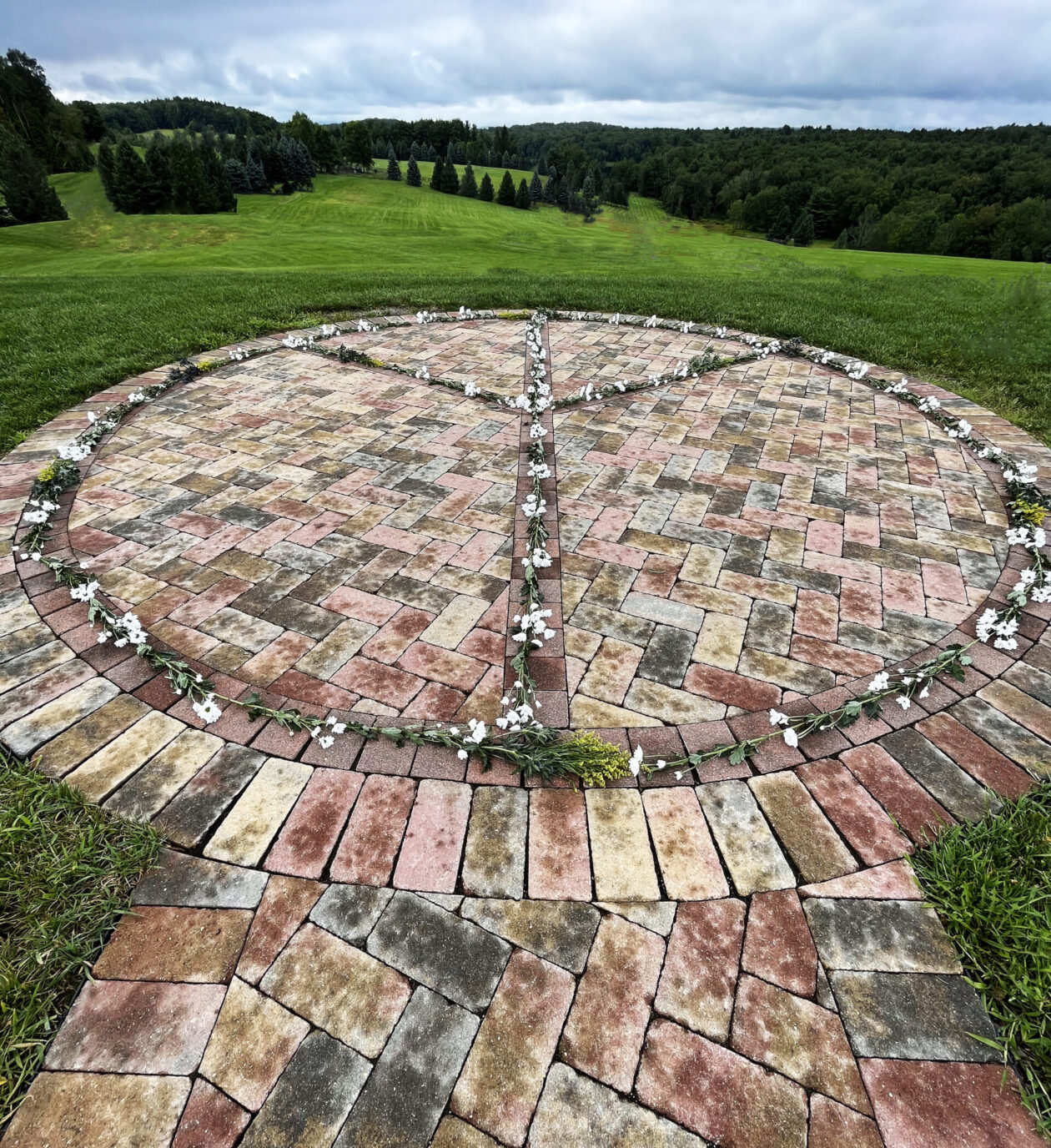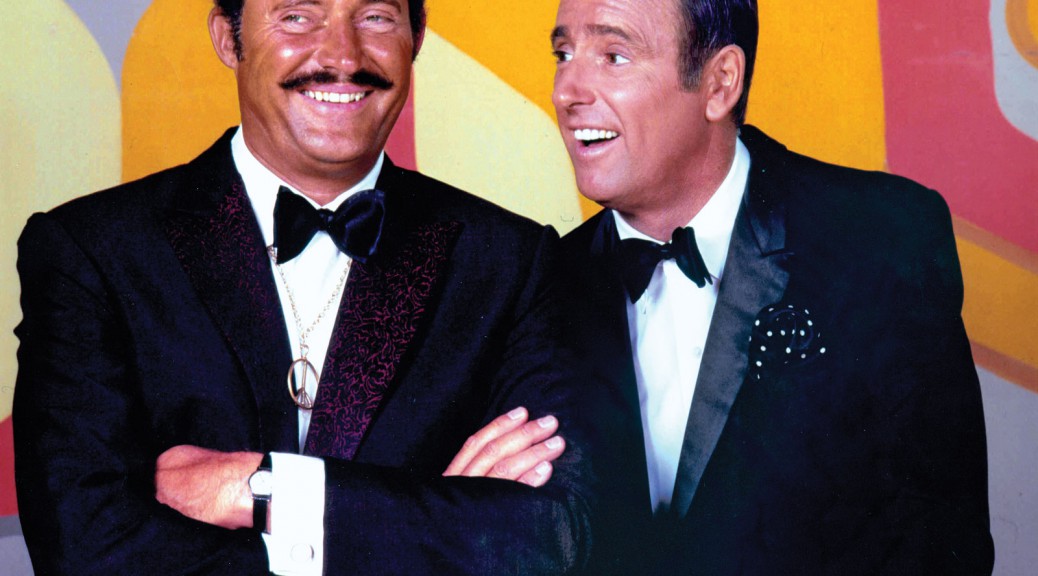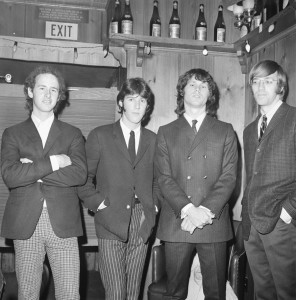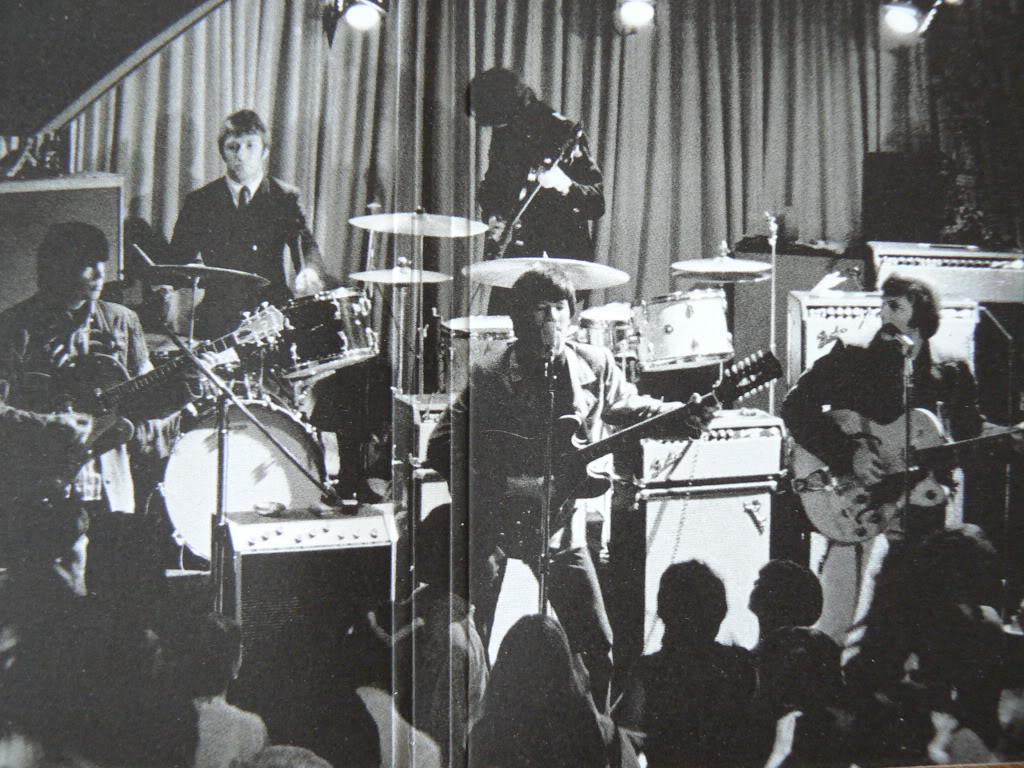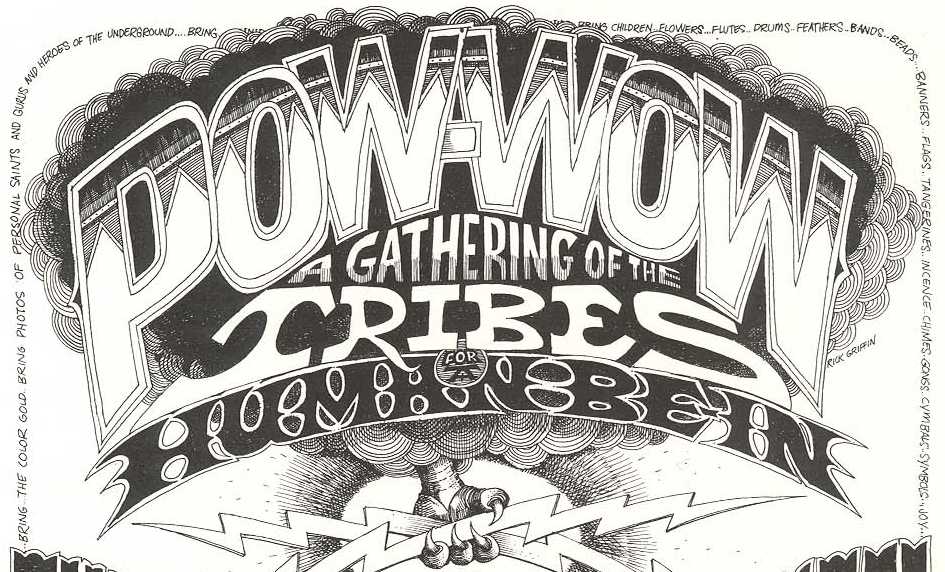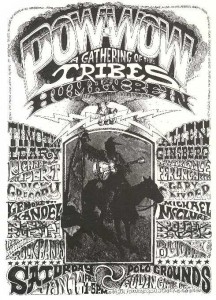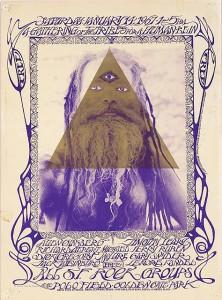Say Goodnight Dick
Rowan & Martin’s Laugh-In
January 22, 1968
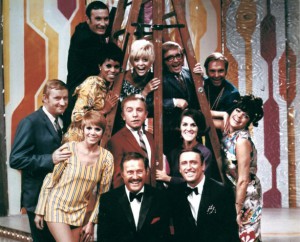
The NBC show Laugh In ran for 140 episodes from January 22, 1968, to March 12, 1973. It was hosted by comedians Dan Rowan and Dick Martin and featured, at various times, Chelsea Brown, Johnny Brown, Ruth Buzzi, Judy Carne, Richard Dawson, Moosie Drier, Henry Gibson, Teresa Graves, Goldie Hawn, Arte Johnson, Larry Hovis, Sarah Kennedy, Jeremy Lloyd, Dave Madden, Pigmeat Markham, Gary Owens, Pamela Rodgers, Barbara Sharma, Jud Strunk, Alan Sues, Lily Tomlin and Jo Anne Worley.
As often happened, special guests appeared on the show. On September 16, 1968 Nixon appeared. He was running for President against Democrat Hubert Humphrey. Humphrey declined the invitation.
According to George Schlatter, the show’s creator, “Humphrey later said that not doing it may have cost him the election”
Say Goodnight Dick
Catchphrases
One of the more interesting effects the show had on popular culture was that several of its catchphrases became part of everyday conversation. Many were not-so-subtle ways of sounding off color, yet staying within the boundaries TV censors imposed.
Like:
- Say Goodnight Dick.
- Look that up in your Funk and Wagnalls!
- Sock it to me!
- Blow in my ear and I’ll follow you anywhere.
- Ring my chimes!
- Or one that may have caught on the most: Here come the judge.
January 20 Music et al
Lily Tomlin
Often a particular character repeated a phrase in most of their skits. For example Lily Tomlin as an obnoxious telephone operator–at a time when there was still just ONE telephone company:
Fair’? Sir, we don’t have to be fair. We’re the phone company.
Or Lily when slobbering as a child in a huge rocking chair saying:
“And that’s the truthhhh.”
The shows are available today and though sometimes dated, the comedy holds up well.
